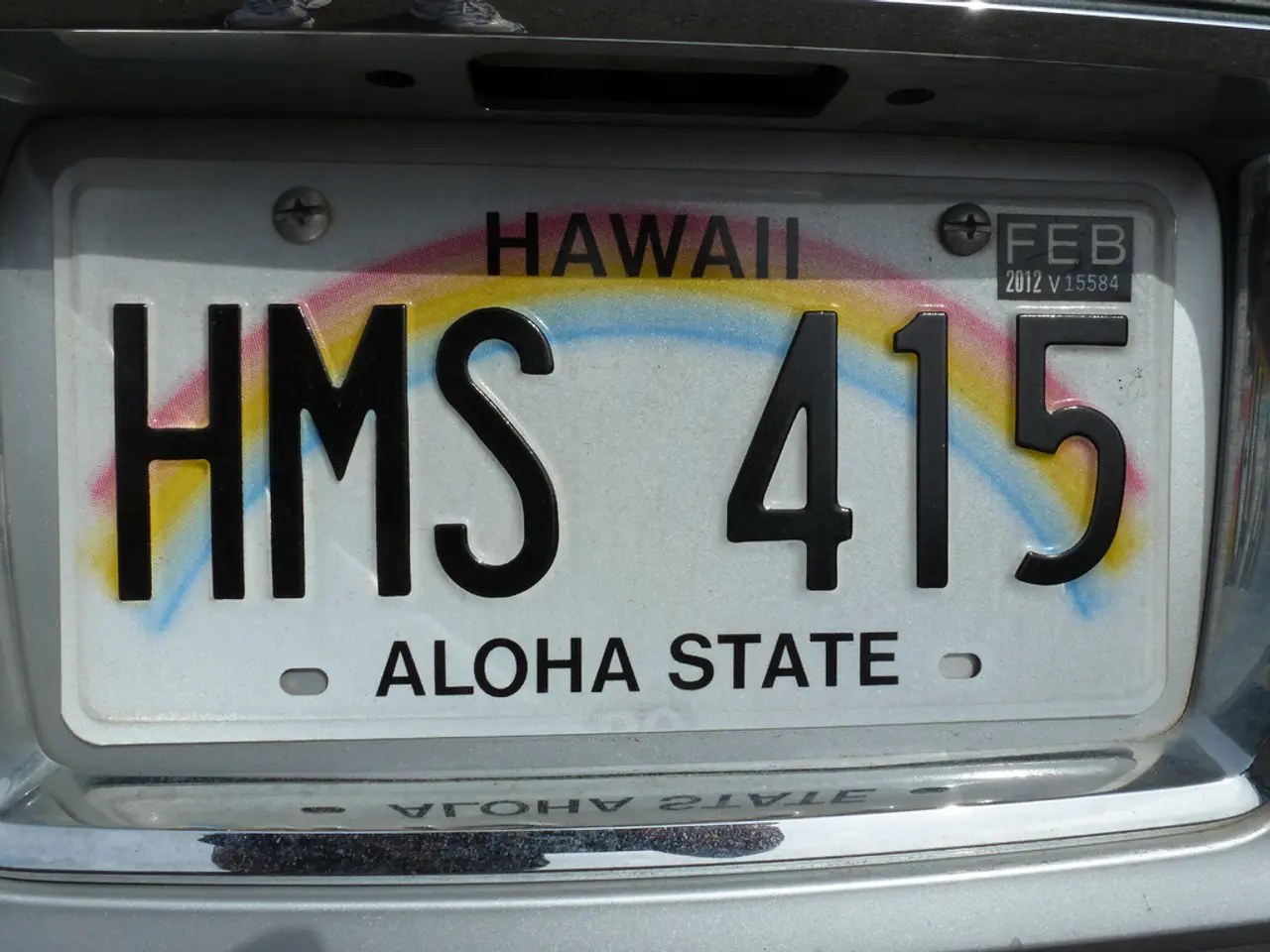Navigating Seaworthy Yachts and Powerboats: Upkeep, Alterations, Damage Control, and Repairs - Advocating for Safe Seafaring Practices
=========================================================================
Small commercial motor vessels, sailing vessels, workboats, and pilot boats in the UK are governed by a comprehensive set of regulations and codes aimed at ensuring their safe operation.
The Merchant Shipping (Vessels in Commercial Use for Sport or Pleasure) Regulations 1998 (SI 1998/2771) and The Merchant Shipping (Small Workboats and Pilot Boats) Regulations 1998 (SI 1998/1609) form the backbone of these safety measures. To provide harmonized standards, the Maritime and Coastguard Agency (MCA) has issued a series of Codes of Practice, each corresponding to a specific type of vessel.
For instance, the safety of small commercial motor vessels is governed by the Blue Code, while small commercial sailing vessels adhere to the Yellow Code. Small vessels in commercial use for sport or pleasure operating from a Nominated Departure Point (NDP) follow the Red Code, and small workboats and pilot boats are subject to the Brown Code.
The Small Commercial Vessel (SCV) Code, as annexed to MGN 280, harmonizes previous multiple Codes to provide standards for craft up to 24m Load Line Length operating commercially. This includes motor vessels, sailing vessels, workboats, and pilot boats.
Operators of these vessels are required to implement a Safety Management System (SMS), which involves establishing safe operating procedures, recognizing hazards, and conducting regular audits to ensure ongoing compliance and safety.
Another key requirement is the mitigation of risks from shocks and whole-body vibration. This is addressed through appropriate seating, structural features, and operational limits, as guided by MGN 436 Amendment 5. Vessels must be used within their design parameters, and crews must be trained to reduce injury risks from repeated shocks or impacts under various sea conditions.
For small commercial vessels operating from a Nominated Departure Point (NDP), adherence to the related Safety Code of Practice (“Red Code”) is mandatory. This governs operational safety standards for vessels engaged in commercial use for sport or pleasure starting from a specific embarkation location.
Regular statutory surveys and certification are also necessary. These must be completed by MCA-authorised certifying authorities like the Small Commercial Vessel Management System (SCMS), ensuring vessels meet regulatory standards for safety, construction, and equipment.
Lastly, operators must provide training and pre-departure briefings focusing on vessel capabilities, sea conditions, and the health and experience of persons aboard. This enhances safety and mitigates operational risk.
In summary, the regulations and supporting codes prescribe a comprehensive framework involving vessel design/construction standards, formal safety management procedures, shock and vibration risk mitigation, operational controls linked to departure points, and mandatory certification and periodic surveys, all aimed at ensuring the safe operation of small commercial motor and sailing vessels, workboats, and pilot boats.
- In the realm of modernization, the integration of technology could potentially streamline the safety management systems on these vessels, improving efficiency and compliance.
- To foster a more diverse operating environment, financial investments may be necessary to introduce technological advancements in sports and recreational vessels, ensuring compatibility with commercial vessels' safety standards.




